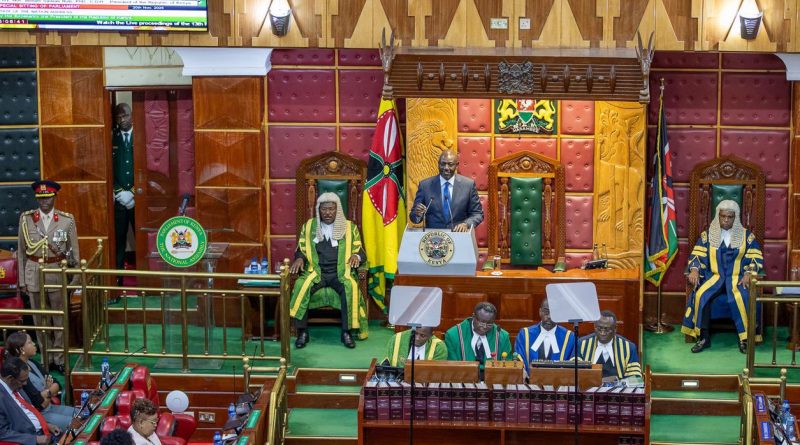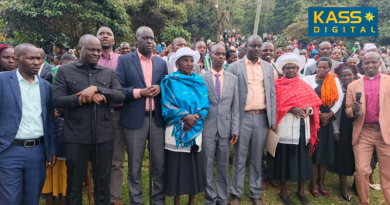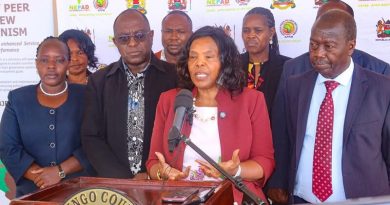Ruto Unveils Sh5 Trillion Plan to Transform Kenya Into a First-World Nation
By Chemtai Kirui || Kass Digital
President William Samoei Ruto has announced a sweeping KSh5 trillion development blueprint aimed at transitioning Kenya toward a first-world economy.
The plan, unveiled during his State of the Nation Address yesterday, is centred on four areas: innovation and skills development, irrigation, expanded energy production and large-scale transport infrastructure.
Ruto outlined the agenda at a time when his administration is under pressure to deliver stronger economic growth, create jobs and stabilise household incomes. His proposals signal the direction the government intends to take — offering a basis for monitoring whether these targets are achieved in the coming years.
The president said a new State Department for Science, Research and Innovation would be created to boost investment in research, technology and STEM training. He also proposed raising Kenya’s research budget from 0.8% to 2% of GDP, eventually building it into a KSh1 trillion innovation fund.
On agriculture, the President announced an ambitious water-harvesting drive. Under his plan, Kenya will build at least 50 mega dams, 200 medium and small dams, and thousands of micro-dams over the next years to irrigate up to 2.5 million acres of land.
This, he said, will reduce dependence on rain-fed farming and unlock the potential for agro-industrial growth.
Energy is also a central pillar in Ruto’s vision. He outlined a target to generate an additional 10,000 megawatts via renewable sources including geothermal, solar, wind, hydro, and even nuclear.
The expansion, he argued, is essential for industrialization, e-mobility, data centers, and Kenya’s ambition to become a green technology hub.
On transport, Ruto said his government will modernize the country’s logistics network by dualing 2,500 km of highways and tarmacking 28,000 km of roads over the next decade. Key corridors to be expanded include Rironi–Naivasha–Nakuru–Mau Summit and other major arteries.
He also pledged to restart the SGR extension from Naivasha to Kisumu and eventually to Malaba by January 2026.
To support this plan, Ruto announced the establishment of a National Infrastructure Fund (NIF) and a Sovereign Wealth Fund
He insisted these structures will attract private capital without burdening the country with unsustainable debt.
Ruto also revealed that he consulted major political figures across party lines, including former President Uhuru Kenyatta and the late ODM leader Raila Odinga, underscoring his view that infrastructure and development must transcend partisan politics.
Development economists and political analysts say the plan is bold and transformative, by setting out specific targets, the administration has now placed measurable benchmarks that the public, Parliament and independent experts can use to track progress in the coming years.
They said that success will depend on the government’s ability to attract long-term capital, manage large-scale projects, and deliver on its promises without slipping into unsustainable debt.



